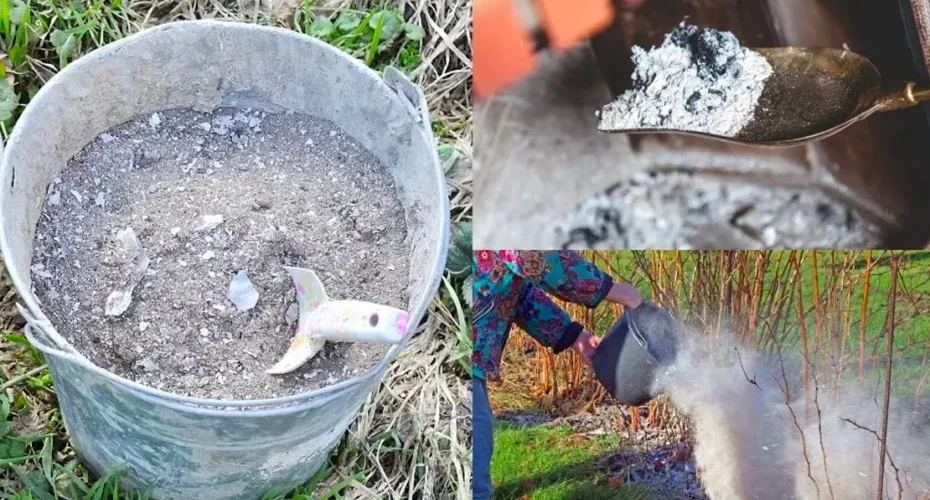Wood ash, a valuable byproduct of burning firewood or wood pellets, has several beneficial properties that can be put to use in the garden. Rather than throwing away this seemingly insignificant waste, gardeners can use it in a variety of ways to improve soil fertility, control pests, and promote plant health. In this article, we explore ten creative ways to get the most out of wood ash in your garden and help you understand its immense potential.
1. Soil amendment: One of the main uses of wood ash is as a soil amendment. Its high alkalinity can help neutralize acidic soils, making them conducive to the growth of a wide variety of plants. However, it is important to use wood ash wisely and avoid over-application, as excessive use can raise the pH beyond the ideal range.
2. Source of essential nutrients: Wood ash contains a variety of essential nutrients such as potassium, calcium and magnesium, which are vital for plant growth and development. Adding wood ash to your compost pile or incorporating it directly into the soil can provide a natural source of these nutrients and supplement overall soil fertility.
3. Pest Control: Wood ash has natural repellent properties that can help repel pests. Sprinkling a thin layer of ash around the base of plants can help deter slugs and certain crawling insects from damaging your garden. Remember to reapply after rain or watering for greater effectiveness.
4. Composting Aid: Wood ash is an excellent addition to the composting process. Its high carbon content helps balance the nitrogen-rich materials in the pile, easing the decomposition process and reducing unpleasant odors. Incorporating wood ash into compost creates nutrient-rich humus that can be added back to garden beds to improve soil quality.
5. Algae Control: If you have a pond or water feature in your yard that is affected by excessive algae growth, wood ash can be your saving grace. Sprinkling a small amount of ash on the water’s surface can help suppress algae growth due to its high pH and nutrient content.
6. Tomato Plant Booster: Tomatoes have a high need for calcium and wood ash can be an excellent natural source of this nutrient. Before planting tomatoes, add a small amount of wood ash to the planting hole or mix it into the soil. This will strengthen the plants, reduce the risk of blossom end rot and promote healthy, fruitful development.
7. Frost protection: Wood ash has insulating properties and can help protect plants from frost damage. Applying a thin layer of ash around the base of vulnerable plants can act as a protective barrier, reducing heat loss and protecting against frost.
8. Odor control: Sometimes the garden can produce unpleasant odors, especially from compost piles or animal waste. Wood ash can help neutralize and absorb odors, making your garden more pleasant. Simply sprinkle some ash on smelly areas to help reduce unpleasant odors.
9. Lawn Care: Wood ash can help improve the health and appearance of your lawn. Spread it lightly over your lawn during the cooler months to control moss growth, as the high pH of ash creates an unfavorable environment for moss. However, avoid over-application as it could affect grass growth.
10. Fertilizer Substitute: Wood ash can serve as a natural substitute for commercial fertilizers. Its nutrient content, especially potassium, can support plant growth and flowering. Using wood ash as an organic fertilizer alternative reduces dependence on synthetic products and maintains the health and sustainability of your garden.
Don’t underestimate the potential of wood ash in your garden. Instead of disposing of it as waste, take advantage of its benefits to improve soil fertility, control pests, and promote plant growth. Remember to use wood ash sparingly, taking into account the specific needs of your plants and soil conditions. By incorporating wood ash into your gardening, you can turn this seemingly insignificant waste into a valuable resource that will nourish and sustain your garden for years to come.

